
Pristina
KosovoPristina, the dynamic capital of Kosovo, stands as a testament to resilience and a youthful energy that belies its long and often turbulent history. It wasn't always the undisputed heart of the region; for centuries, other settlements held strategic importance within the historical lands of Dardania, a detail highlighting the shifting power dynamics of the Balkans. Yet, Pristina's central location and its eventual role as the administrative and cultural hub solidified its modern prominence. Consider this: Pristina is home to the Newborn monument, a striking typographic sculpture unveiled on the day Kosovo declared its independence in 2008. Initially painted bright yellow, it is repainted annually with themes reflecting the country's progress and aspirations, serving as a powerful and ever-evolving symbol of Kosovo's newfound sovereignty and its forward-looking spirit. This public artwork has quickly become an iconic landmark of the city. Intriguingly, Pristina boasts a vibrant and thriving cafe culture, with countless coffee shops lining its streets, often buzzing with young people and lively conversations. This deep-seated tradition reflects a strong social fabric and a central role for coffee houses as meeting places, discussion forums, and integral parts of daily life, reminiscent of other Balkan and Mediterranean cultures. Another fascinating aspect of Pristina lies in its surprisingly diverse architectural landscape, a visual representation of its layered history. Ottoman-era mosques and traditional houses stand alongside more modern structures, including the controversial National Library of Kosovo, a Brutalist design that has sparked both admiration and criticism for its unique and imposing form. This architectural mix offers a tangible glimpse into the various periods that have shaped the city's identity. Beyond its modern monuments and social scene, Pristina holds a significant historical connection to Mother Teresa. Born Anjezë Gonxhe Bojaxhiu in Skopje (now the capital of North Macedonia), her family had roots in Kosovo, and she spent a period of her early life in the region. Pristina Airport is named in her honor, a testament to the deep respect and pride Kosovo holds for this Nobel Peace Prize laureate. Furthermore, Pristina is home to the Ethnographic Museum, housed in a beautifully preserved 18th-century Ottoman-era complex. This museum offers a fascinating insight into the traditional life, customs, and crafts of Kosovo's various ethnic communities, providing a valuable window into the region's rich cultural heritage and its diverse influences. Finally, for those with an interest in contemporary art, Pristina has a burgeoning art scene, with numerous galleries and independent cultural spaces showcasing the work of young Kosovan artists. Despite the challenges the country has faced, a vibrant creative energy is palpable, reflecting a desire for expression and a dynamic engagement with the modern world. To explore Pristina is to encounter a city where a symbol of new beginnings is repainted annually, a strong cafe culture fuels social life, diverse architectural styles tell tales of the past, and the legacy of a global humanitarian is proudly embraced, all contributing to its unique and resilient character.
 Cathedral of Saint Mother Teresa
Cathedral
Cathedral of Saint Mother Teresa
Cathedral
 LambdaLambdaLambda
Gallery
LambdaLambdaLambda
Gallery
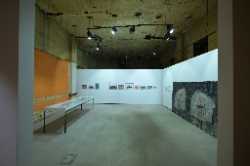 Stacion
Gallery
Stacion
Gallery
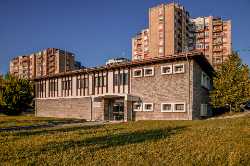 National Gallery of Kosovo
Gallery
National Gallery of Kosovo
Gallery
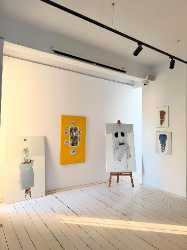 Galeria Qahili
Gallery
Galeria Qahili
Gallery
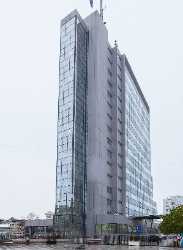 Government Buildings and Presidential Offices
Government office
Government Buildings and Presidential Offices
Government office
 National Library of Kosovo
Library
National Library of Kosovo
Library
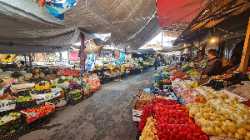 Old Green Market
Market
Old Green Market
Market
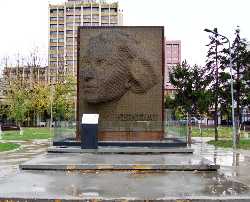 Heroinat Memorial
Memorial
Heroinat Memorial
Memorial
 Newborn Monument
Monument
Newborn Monument
Monument
 Imperial Mosque
Mosque
Imperial Mosque
Mosque
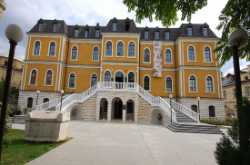 Kosovo Museum
Museum
Kosovo Museum
Museum
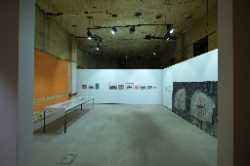 Center for Contemporary Art Prishtina
Museum
Center for Contemporary Art Prishtina
Museum
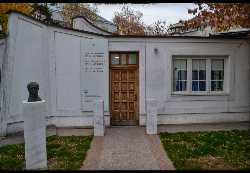 House of Independence Museum
Museum
House of Independence Museum
Museum
 Ethnological Museum
Museum
Ethnological Museum
Museum
 Germia Park
Park
Germia Park
Park
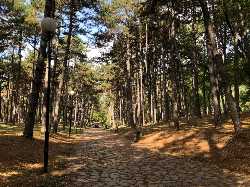 Parku i Qytetit
Park
Parku i Qytetit
Park
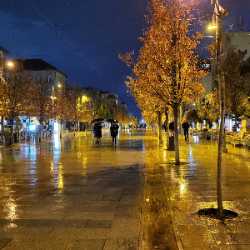 Mother Teresa Boulevard
Street
Mother Teresa Boulevard
Street
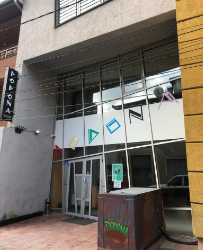 Dodona Theatre
Theatre
Dodona Theatre
Theatre
 National Theatre of Kosovo
Theatre
National Theatre of Kosovo
Theatre
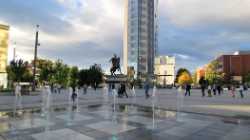 Mother Teresa Statue & Boulevard
Tourist attractions
Mother Teresa Statue & Boulevard
Tourist attractions
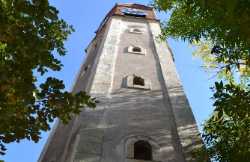 Sahat Kulla
Tourist attractions
Sahat Kulla
Tourist attractions